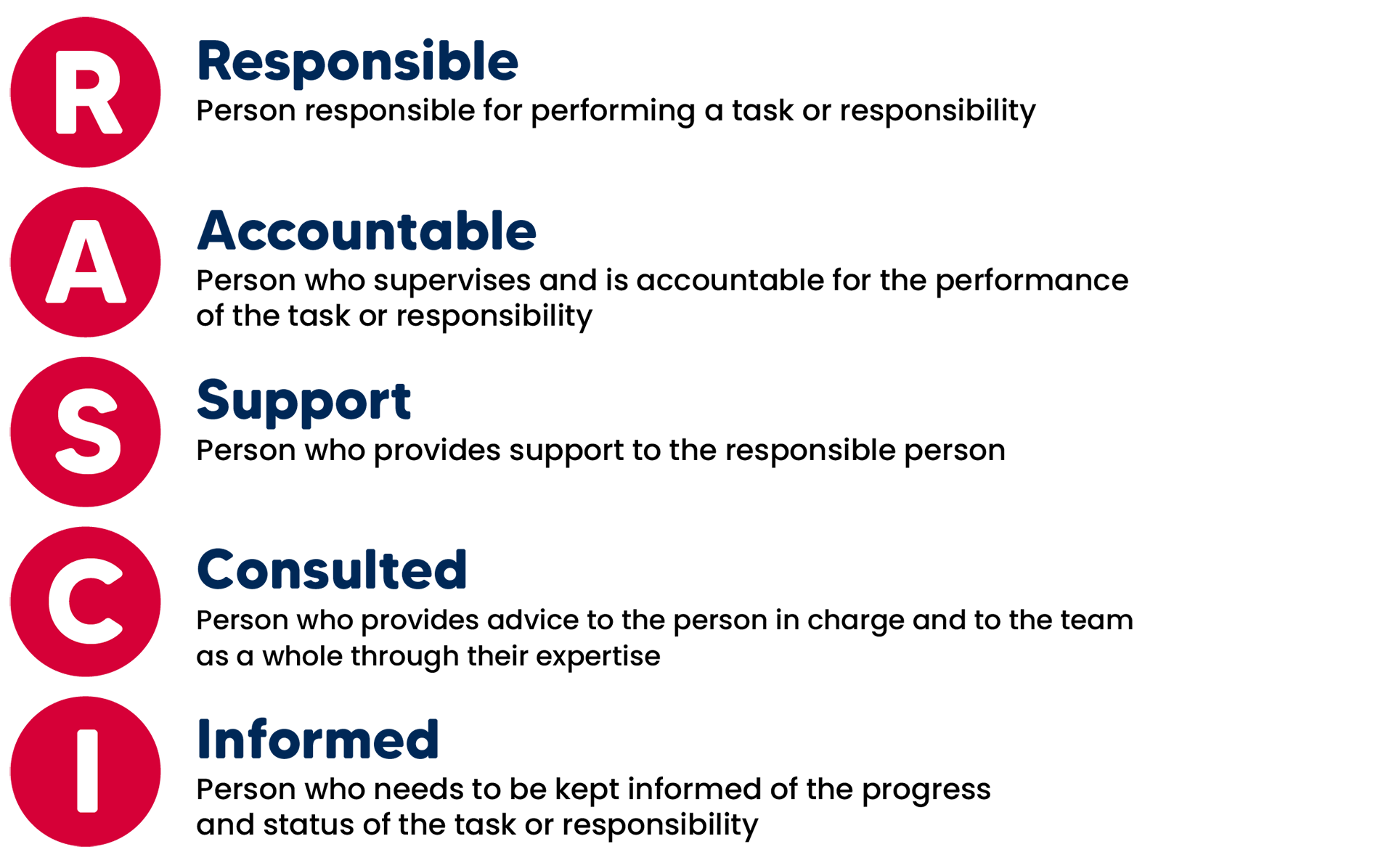
At the beginning of 2023, Human Resources Management priorities are based on several factors related to the current economic context and the labour shortage. Now, more than ever, organizations are counting on strategic human resources input to get through this period of uncertainty and workforce volatility. Management teams must be very nimble in order to find the right balance, i.e., maximizing the mobilization and retention of the workforce while maintaining a focus on productivity, profitability, and organizational efficiency.
Under the pressure of labour shortages, workloads can affect employees who may have to work twice as hard to meet productivity requirements. Organizations must therefore assess their employees’ workloads to ensure a certain balance. In this regard, our recent Quebec Total Rewards Survey revealed that employee satisfaction in regards to their workload is closely linked to employee retention.
What if we could do better with the talent we currently have in our organizations? What if we could build on the strengths, skills and aspirations of our people who are engaged and loyal to our organization? The focus must be on organizational effectiveness, on better collaboration and on optimizing everyone’s time and effort.
The current context is particularly conducive to this concrete solution, which consists of reviewing the roles and responsibilities of employees within teams by defining and clarifying the respective accountabilities of each person. Organizations can use a Responsibility Management Matrix (RASCI) to:
- Clarify, define, and describe roles and responsibilities;
- Optimize efficiency within teams by eliminating the risk of duplicating efforts;
- Promote communication, collaboration, and team cohesion;
- Maximize the success of projects and the achievement of objectives within the prescribed deadlines;
- Increase the ability to delegate;
- Reduce work overload and related stress;
- Promote the professional development of employees (team members).
This Responsibility Management Matrix (RASCI) simplifies and clarifies the assignment of tasks while allowing for at-a-glance identification of responsibilities for each employee, making it easier to distinguish the level of accountability of employees for a specific responsibility, project, or initiative. The matrix also provides a perspective on role progression, as well as the next role, by highlighting the requirements of higher positions that translate into professional development opportunities. One of the key findings of our recent Total Rewards survey is that career development is a major retention driver for employees.
The matrix includes five roles:

The RASCI gives a portrait of the responsibilities (tasks) to be carried out within the same team (rows) as well as the different roles of the team members (columns).


In order to properly complete the matrix, it is important to:
- List all the key responsibilities and priorities, for the entire team, on the left side of the matrix. The responsibilities should be clear, defined and well understood by all team members;
- Determine the level of accountability for each role related to each responsibility by assigning a letter that indicates the level of involvement of employees (R-A-S-C-I). Each task or responsibility must be associated with at least one responsible person (R);
- Clearly communicate the accountability matrix to stakeholders and those who interact with the team or employees involved.
Organizations can use this simple and free tool that offers a solution for doing better with the current talent already familiar with the workings of the organization. It may even turn out that the workforce needs for a team, or a department are less than expected after completing a Responsibility Matrix (RASCI).
Don’t hesitate to contact us for any questions you may have.
Partager


